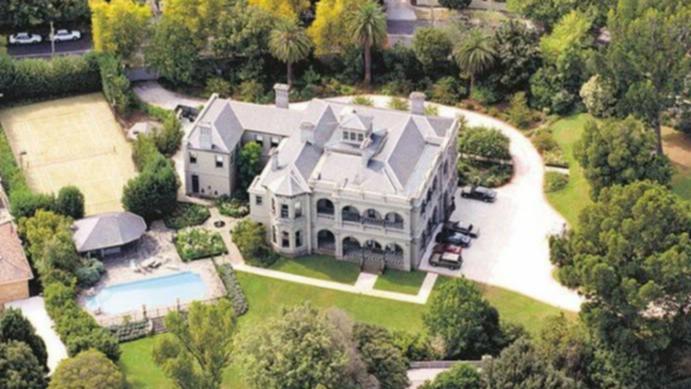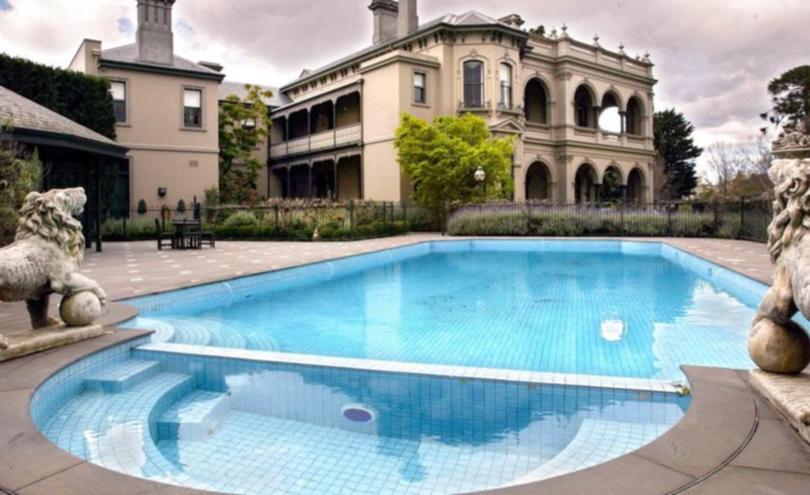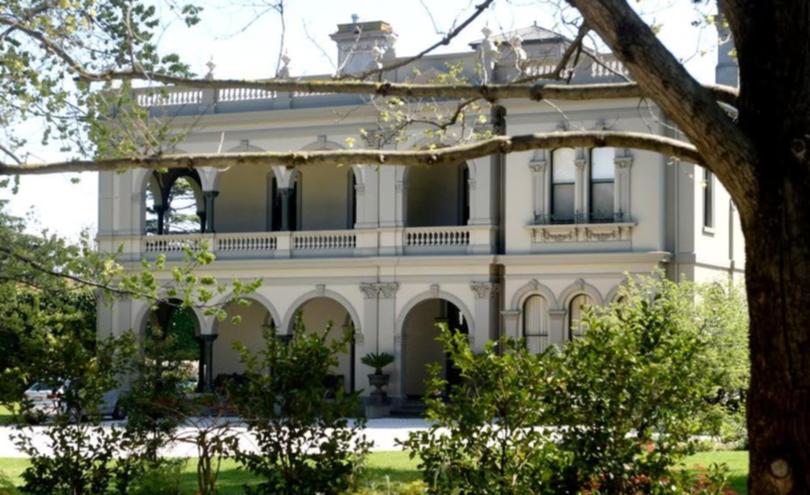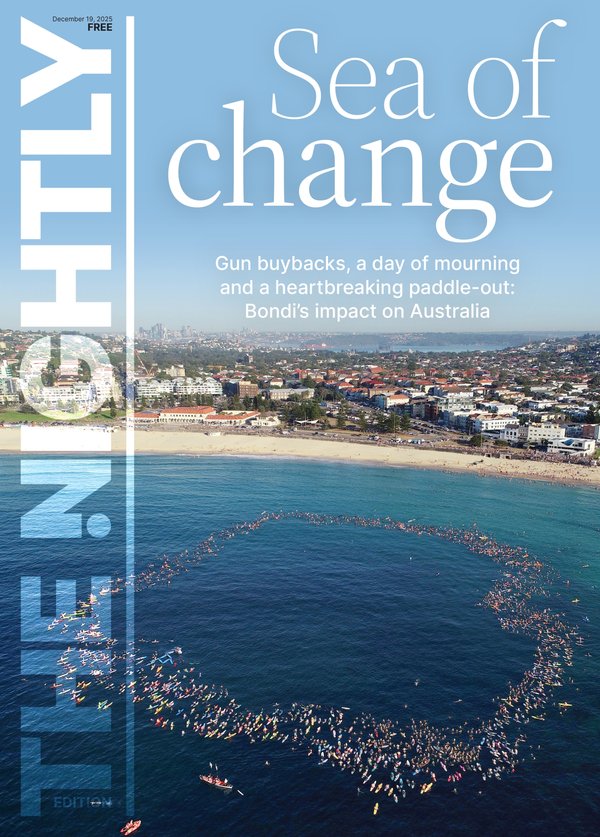Toorak mansion: Paul Little’s Coonac estate sells for $150m - making it most expensive house sold in Australia

Melbourne is now the home of Australia’s most expensive property after a sprawling luxury estate in Toorak reportedly sold for as much as $150 million.
The estate, Coonac, was sold by husband and wife Paul Little — a billionaire property developer and the former president of Essendon Football Club — and Jane Hansen — a businesswoman and chancellor of the University of Melbourne — for between $115 million and $150 million, according to the Australian Financial Review.
The deal eclipsed the previous national house record, held by two properties in eastern Sydney, by at least $20 million.
Sign up to The Nightly's newsletters.
Get the first look at the digital newspaper, curated daily stories and breaking headlines delivered to your inbox.
By continuing you agree to our Terms and Privacy Policy.Coonac features a double-storey Italianate-style mansion, built in 1867, that sits on 1.08 hectares of land with a pool and cabana, tennis court, and sprawling gardens.
It is one of less than 10 homes in Melbourne valued at $100 million or more. The most expensive property sold in Melbourne before Coonac was a dilapidated Toorak mansion on St George’s Road, which was bought by crypto casino boss Ed Craven in 2022 for a more than $80 million.
The most expensive properties sold in Australia were previously two homes in the eastern Sydney suburb of Point Piper — Uig Lodge and Elaine — bought and sold by the same billionaire couple for $130 million a piece.
Uig Lodge was bought by Atlassian co-founder Scott Farquhar and his investment banker wife Kim Jackson in 2022 before they sold their nearby mansion Elaine to a consortium in 2024.

It is not yet known who bought the Toorak mansion from Mr Little and Ms Hansen. who paid $14.5 million for the 20-bedroom mansion in 2002. Neither is the identity of the agents who secured the record-breaking nine-figure deal.
Coonac was originally built in 1867 for pioneer pastoralist Robert Ronald and is one of the oldest surviving mansions from the Crown allotments sold in 1849.
It is described as a “very interesting” property by the National Trust, which says its architecture forms a link between the “restrined style” of earlier Istalianate residences and “the extravagant boom-style mansion fo the 1880s”.
“Coonac is particularly Australian in design, adapting the neo-classic and picturesque concepts of 19th-Century English architecture to suit a hotter and harsher climate by the use of a wide two-storey loggia or piazza,” the Trust says.

From 1948 to 1986, the property operated as a Commonwealth rehabilitation centre. This prevented it being subdivided to make way for medium- and high-density flats in the 1950s and 1960s, as other mansions in the area had been.
“These days the Italianate double-storey mansion of 130 squares on 10,000 square metres, has 20 rooms, a tennis court, pool and cabana, park-like gardens, sweeping lawns, stone paving, ornate fountains and extensive outbuildings with 200-metre frontage,” according to Domain.
It was then bought by property developer Livio Cellante and wife Josie for $3.8 million in 1986.
Mr Cellante spent much of his own money over the next four years to complete a multi-million dollar refurbishment project which would return the estate to its original glory: including revealing a five-timber parquetry floor, a double-spaced carved timber staircase,and “a central vestibule and a first-storey arcaded loggia top lit by a beautiful stained-glass roof lantern”.
“A swimming pool, terrace, formal gardens (and a residence for the gardener needed to maintain them), four-car garage and even a bandstand go with the property,” according to Domain.
The Cellantes sold the property in 1993. Spotless boss Brian Blythe was the next owner for about $4.5 million, before Mr Little bought the home in 2002 for $14.6 million — breaking the city’s sale record again.
